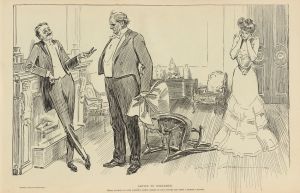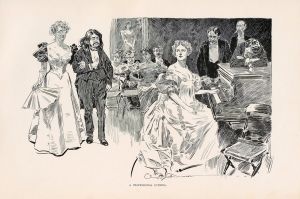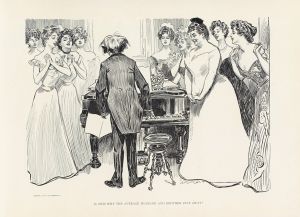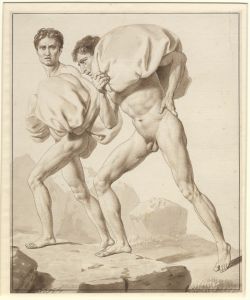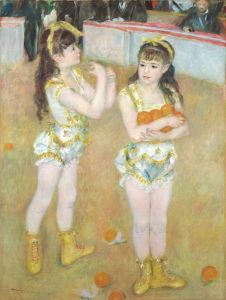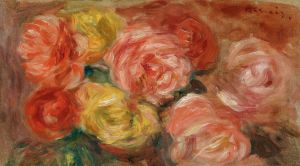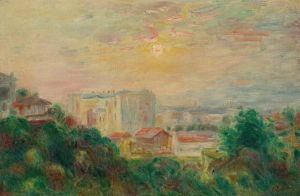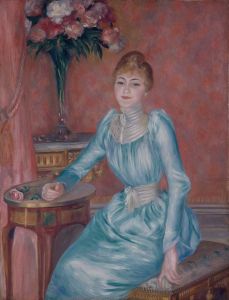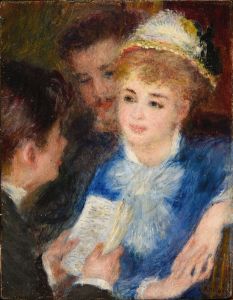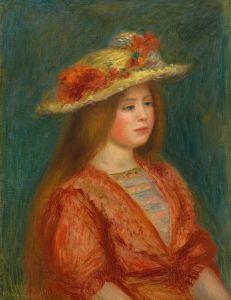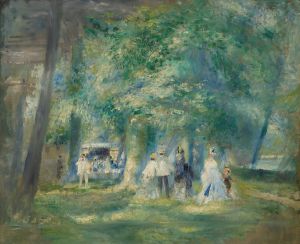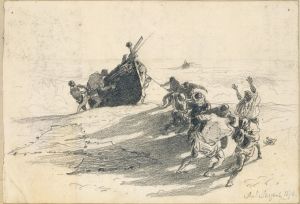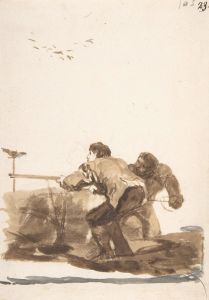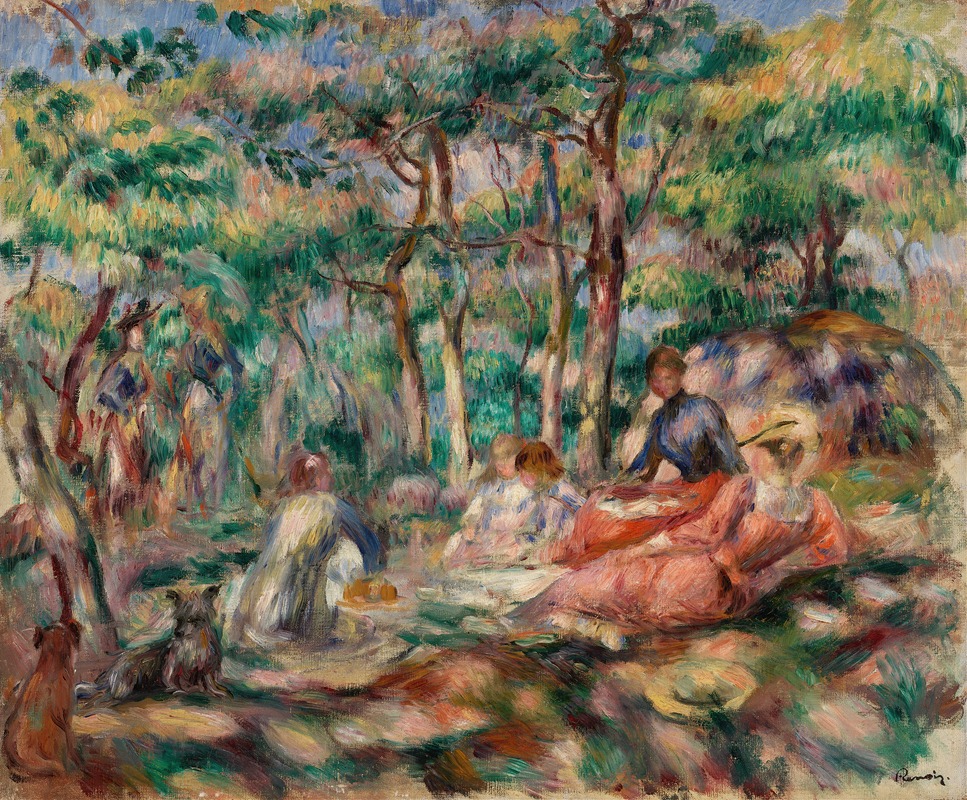
Picnic
A hand-painted replica of Pierre-Auguste Renoir’s masterpiece Picnic, meticulously crafted by professional artists to capture the true essence of the original. Each piece is created with museum-quality canvas and rare mineral pigments, carefully painted by experienced artists with delicate brushstrokes and rich, layered colors to perfectly recreate the texture of the original artwork. Unlike machine-printed reproductions, this hand-painted version brings the painting to life, infused with the artist’s emotions and skill in every stroke. Whether for personal collection or home decoration, it instantly elevates the artistic atmosphere of any space.
Pierre-Auguste Renoir, a leading figure in the Impressionist movement, is renowned for his vibrant light and saturated color, often focusing on people in intimate and candid compositions. One of his works, "Picnic" (also known as "Luncheon of the Boating Party"), exemplifies his ability to capture the leisurely activities of the bourgeoisie in late 19th-century France. However, it is important to note that "Picnic" is not one of Renoir's most documented works, and there is limited information available about it specifically.
Renoir's paintings often reflect his interest in the effects of light and shadow, and his technique involves loose brushwork that captures the essence of the scene rather than the details. This approach is evident in many of his works from the Impressionist period, where he frequently depicted outdoor scenes and social gatherings. His paintings are characterized by a sense of movement and spontaneity, which he achieved through his innovative use of color and light.
The Impressionist movement, which Renoir was a part of, emerged in the late 19th century as a reaction against the rigid rules of academic painting. Impressionists sought to capture the momentary effects of light and atmosphere, often painting en plein air (outdoors) to better observe and depict natural light. Renoir, along with contemporaries like Claude Monet, Edgar Degas, and Camille Pissarro, participated in several Impressionist exhibitions, which were initially met with criticism but later gained acceptance and acclaim.
Renoir's work often focused on scenes of leisure and enjoyment, reflecting the changing social dynamics of the time. The rise of the middle class and the advent of leisure time provided new subjects for artists, and Renoir's paintings frequently depict people enjoying themselves in parks, cafes, and on the Seine River. His ability to convey the joy and vibrancy of these scenes made his work popular among collectors and art enthusiasts.
While specific details about the painting "Picnic" are scarce, it is likely that it shares thematic and stylistic elements with Renoir's other works from the same period. His paintings often feature a warm palette, with soft, diffused light that creates a sense of intimacy and immediacy. Renoir's skill in capturing the human form and his sensitivity to the nuances of social interaction are evident in his portrayal of figures, which are often depicted in relaxed, informal poses.
Renoir's legacy as an artist is significant, and his contributions to the Impressionist movement have had a lasting impact on the art world. His ability to capture the beauty of everyday life and his innovative use of color and light continue to be celebrated and studied by art historians and enthusiasts alike. Despite the limited information on "Picnic," Renoir's body of work remains a testament to his talent and vision as an artist.





